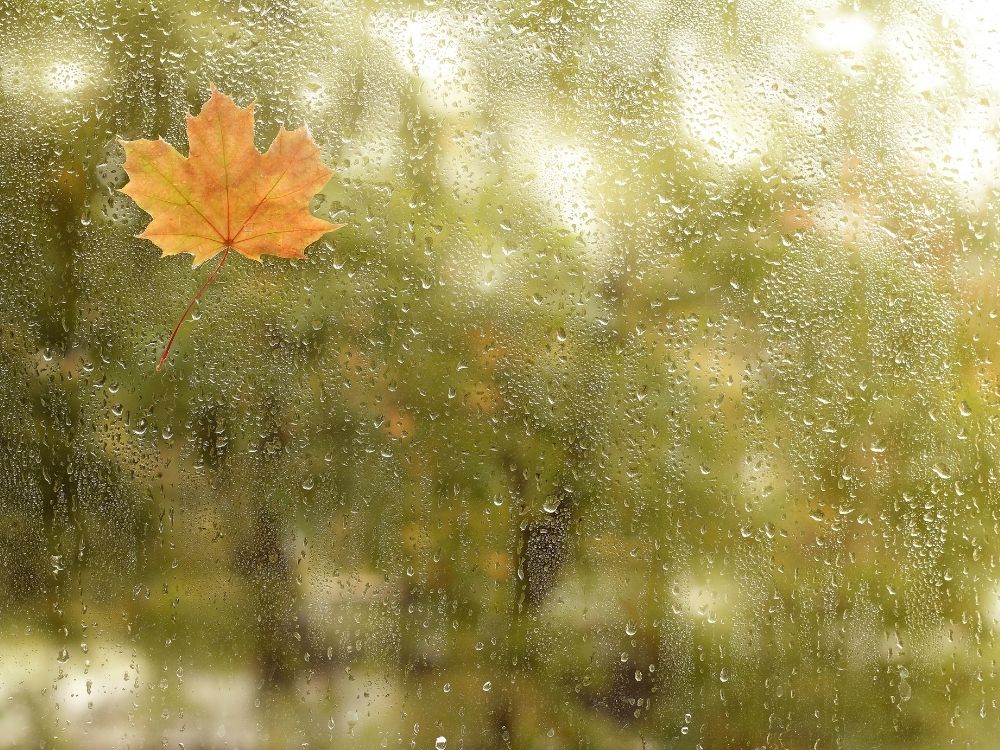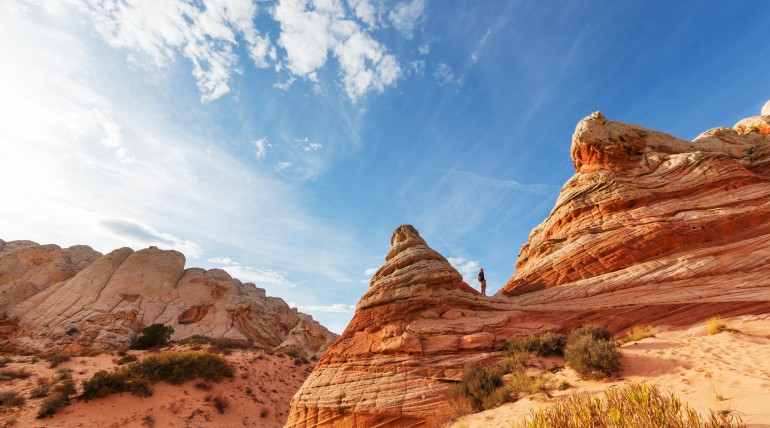2023 January 6 & 7
Dave and I attended the/an online retreat from last Friday, the 30th, through New Year’s Day. We had planned to have a warm weather retreat by flying to San Diego and driving to our favorite desert—Anza Borrego, and being online at a motel there. However, that plan was changed abruptly when Southwest cancelled both our flights. We are grateful we didn’t have to spend those days stranded in an airport, or worse, trapped in a car or snowed-in in a house with no heat. Instead we were in our cozy little home here in Berkeley with Tomboy, and were able to enjoy the rain that fell and fell during much of our meditation time, such a welcome sound after so many years of drought. And we had one full day of sunshine and balmy weather before the rain started again.
My hope in this talk is to weave together a few different threads that the retreat brought up and inspired, like Bill did yesterday. And maybe to get a glimpse of what I learned and experienced and share that with you.
The retreat was structured so that the mornings and evenings were times for meditation, reflection and sharing. During each afternoon there was time for contemplation and discussion about the two themes of the retreat. The first was diversity: cultural, racial, and gender diversity as well as diversity of meditative practice. [And as Bill discussed yesterday,] the second theme was activism: social justice and climate activism, as well as meditative activism.
During these afternoon periods, we spent time meditating on our individual experiences of learning about racial, class, gender, and ability differences, and invariably, about our individual paths towards recognizing our privilege as mostly white middle class women, and a few men. The ones who spoke to this during the sharing time, described their initial ignorance of diversity, and how they became aware of it slowly, through reading and media, as well as being exposed to people different from themselves, and of course, from the diversity movements: Black Lives Matter, gender equality and LGBTQ rights, and the far-reaching social consequences of the death of George Floyd.
Some spoke of how their growing awareness of all the diversity movements was confused and compounded by their individual experiences as children and young adults of being different and not belonging, feeling alienated and left out. Some people also spoke about their feelings of guilt, which had arisen and grown as they become aware of and educated themselves about the many aspects of racism, gender bias, ability-ism. What to do with this guilt? Particularly the guilt that comes from the accident of birth and up-bringing. These are all tender topics to contemplate and discuss, even in the relative safety of a meditation retreat.
For some people, finding ways to be part of changing how things are, some form of activism, is how they could handle and respond to their feelings of guilt. Some had grown up in families who had always been activists; others came to activism as young people because of a particular political or cultural situation that directly affected them. Others were not drawn to this kind of action at all, but rather donated their time or money to causes they supported and believed in, and still others were drawn to more private, individual actions.
Even as we contemplated the suffering of the world around us, we also brought our attention more inward, to look at our diverse meditative experiences: how had we come to meditation initially, what practice did we start with? Did we stay with that practice or move to different ones? How are we integrating these different practices? How does our practice come into daily life? Might one see one’s practice as a form of activism?
This question brings up a host of others: How do we live in accordance with our own values and abilities? How do we bring our practice into our response to injustice and suffering? What is the middle way which allows us to be useful in the world with grace and dignity. Towards the end of the discussion, one retreatant talked about what she called the continuum of activism throughout time, the many different levels and types of engagement that exist, varying by era and the dictates of the times; yet, she said, there is and always has been these threads of caring by those who have seen the suffering around them and have been committed to challenging the way things are.
After these thoughtful and sometimes hesitant and difficult conversations, we always had a period of meditation and reflection. Here’s what I’d like to share from mine:
I had an image of that continuum of caring people that was spoken of: a continuous strand over the centuries of people who were called to change things: to protect the innocent, to feed the hungry, to calm the afflicted, to make peace. In my meditation, I saw time stretching back and forward and this thin yet strong thread, this continuous lineage of people, acting for the benefit of all, each doing a small part, what they felt called to do and were able to do in that moment in time, and making a difference in the lives of those they touched, and the impact of their actions going forward, giving courage to those who followed.
In my mind, the words continuum and continuity became entwined. The continuity of Buddhist practice somewhere in the world has been ongoing for the past 2500 years. This collective devotion to awakening, too, is a continuum. In every era and in every culture where Buddhism has found a home, the form that practice takes, which parts of the path have been emphasized, how the Dharma is passed from teacher to student, have been different, but at the same time, have been a continuum of practice.
The continuity of the intention to develop wisdom and compassion has been part of the Buddhist path always. And continuity has an additional meaning for me, as well. When I was doing long intensive retreats, continuity of practice was emphasized. This entailed bringing our full awareness to every moment: each inhale, each exhale; each step—lifting, moving, placing; each time the hand moved the fork into the mouth, the moment we fell asleep, the moment we awoke. This continuity of attention, this intention to be aware has also been part of the meditative path for centuries.
And I imagined generations of meditators, sitting still, looking deeply inward. And looking outward as well, into how they lived their own lives and into the conditions of the lives around them. Among meditators there have always been those not content to sit still, so to speak, those compelled to get up and take action into their own hands and bodies. Yet all of us, sitting and acting, with determination, with valor, sometimes with grace and dignity, sometimes with fierceness and self-sacrifice, but all, individually and collectively moving forward together. This long line of people over the centuries, committed, each in their own way, to do no harm, to be kind, and to practice diligently. Could we then say that meditation practice itself is a kind of activism? How does it seem to you?
Thank you for your attention
May the goodness that arises from our practice…


